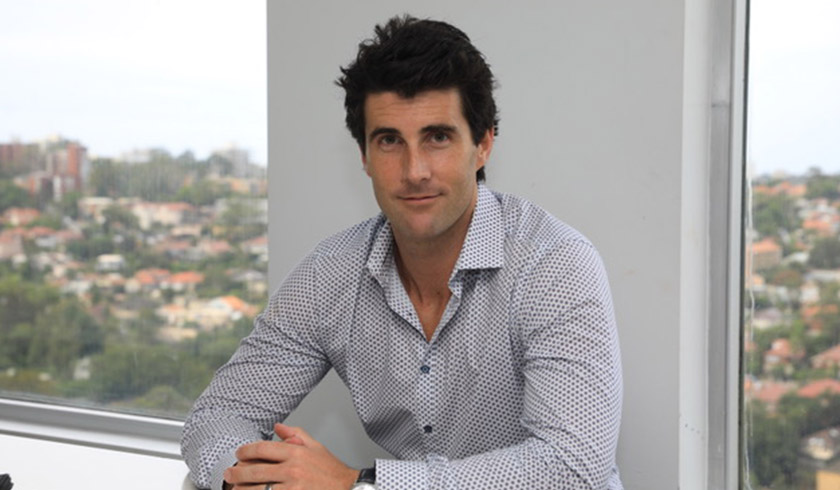Joining the buyers club: How to build a hefty passive income in your 20s or 70s?
“2021 is going to be the year of low stock levels, low interest rates, increased confidence and the chase for yield as people look to replace their incomes.”

Professional property investor Scott O’Neill believes that prospective property investors have a lot to look forward to in 2021.
In a recent chat with Smart Property Investment, Mr O’Neill, the founder and director of Rethink Investing, shared his thoughts on the year that was, the year that’s before us, and how best to secure a steady passive income portfolio whether you’re 20 or 70.
While 2020 did not shape up quite as expected, the doom-and-gloom property forecasts have remained just words on paper, but moving into 2021, how do you expect the market to move amid possibly increased uncertainty and the predicted March economic cliff?
For the commercial markets, 2020 was actually a very good year overall from an asset appreciation point of view. Of course, there were some exceptions to this such as CBD office space, and some retail assets didn’t perform well. This was due to COVID-19 closures and restrictions. But of other types of properties, this was actually one of the best years we have seen for increased buyer demand for quality tenant investments.
Why? It’s because, more than ever, people value high yield and security of tenant. Many commercial tenants offer more security than residential as well. For example, strong logistics companies, medical professional and even some office tenants such as accountants, solicitors and government tenants all did well in 2020. Also, anything related to “essential services” was the go-to for many investors looking to boost their passive incomes.
Trends to expect to see in 2021 – higher demand for quality assets. Particularly in industrial assets as many more investors see the benefits of the e-commerce boom, the need to logistics and storage. These trends have been around for a few years, but expect these trends to continue into 2021 at an even faster rate as consumer confidence hits seven-year highs.
2021 is going to be the year of low stock levels, low interest rates, increased confidence and the chase for yield as people look to replace their incomes. Exciting times!
Given everything 2020 has thrown at Aussies, I think many are looking to branch out and begin to build or expand their passive income portfolios. How do you suggest people approach this in a climate that, although not too turbulent, is certainly not ideal?
The key is to understand the market and the investments you’re looking at from an expert’s point of view. If this is the first time you have considered commercial property, I highly recommend seeking professional help from a buyer’s agent who is an expert in commercial property (not residential). If you go into this complex field without doing enough homework, you can get burnt. But when you get it right, it will be more lucrative than residential property. Especially from a cash flow sense.
Your motto is, “No matter your age or your current position in life, it’s never too late to start building wealth through property investing”. Is this really the case?
Yes, we have clients as young as 20 years old all the way up to the late 70s. In fact, about one in 25 of our clients is over 70 years old. Proving it’s never too late to build yourself a passive income in property. Commercial property in particularly favours people who have less time to wait for capital growth.
Most people when they hit 30 start to yearn for an early retirement, and most dream of an enviable passive income stream, but is this actually achievable and how?
Yes, it is. However, you need an income from your day job to fuel your investment portfolio. The more you earn, the faster you can progress into a “retirement grade” property portfolio. For some, it might take 10 years; others, it might be over 30 years.
If you stick to a plan of buying good quality higher-yielding assets that also benefit from capital growth, over the long run you will come up on top. This is why property investing is Australia’s number one source of early retirees.

